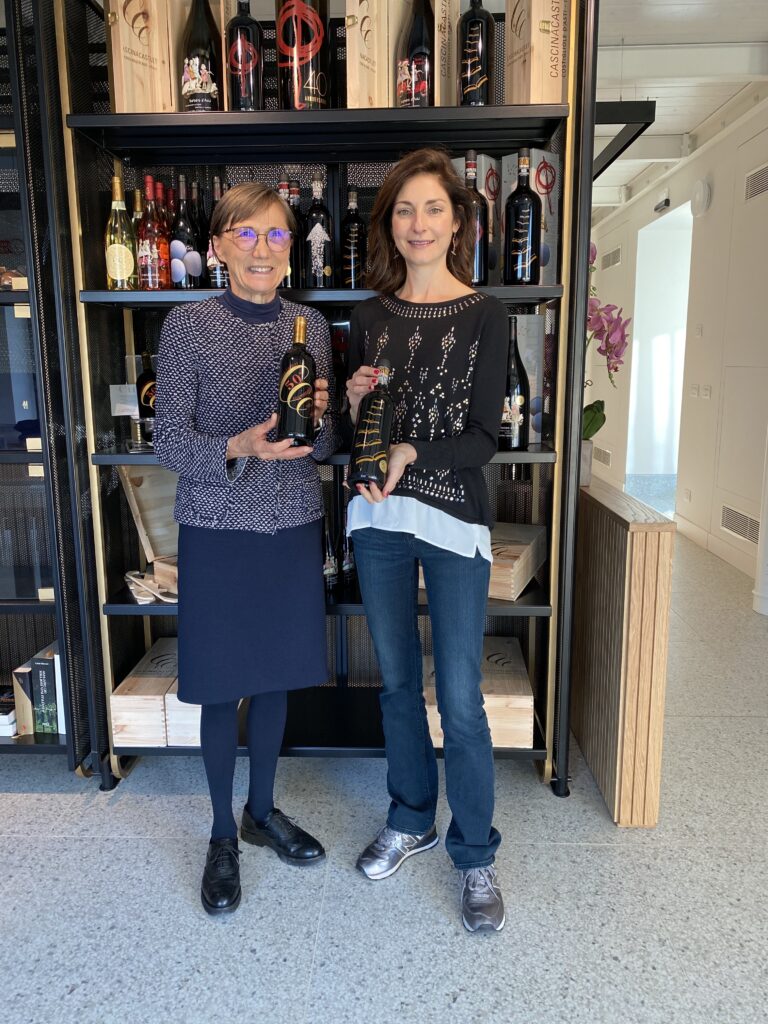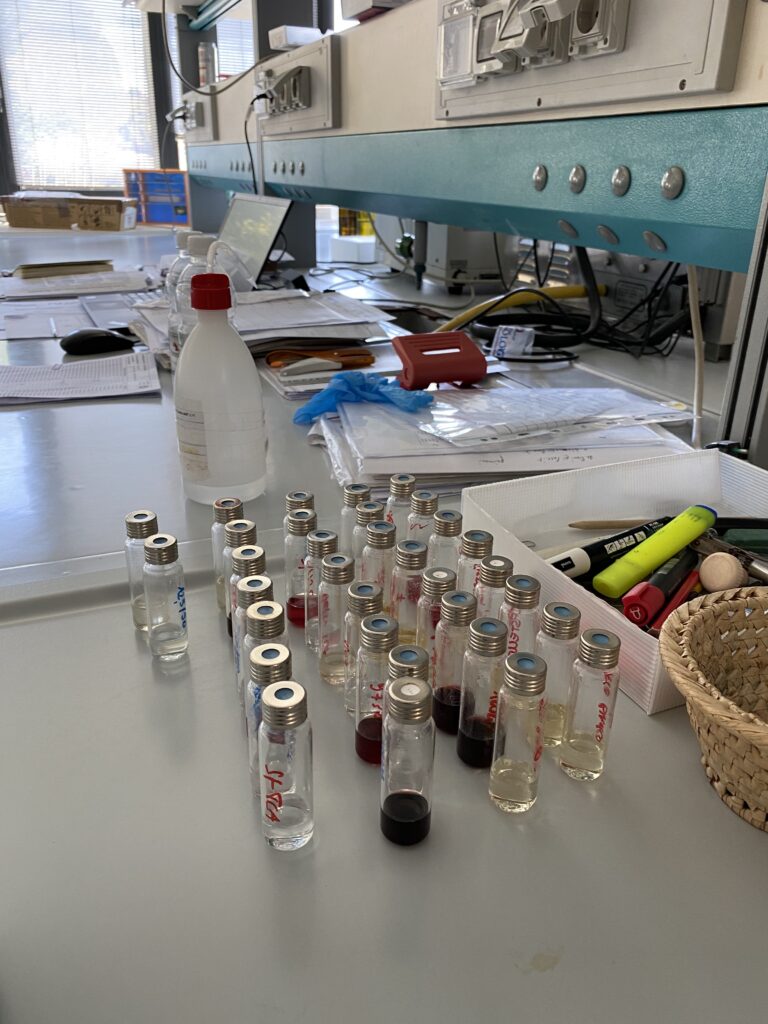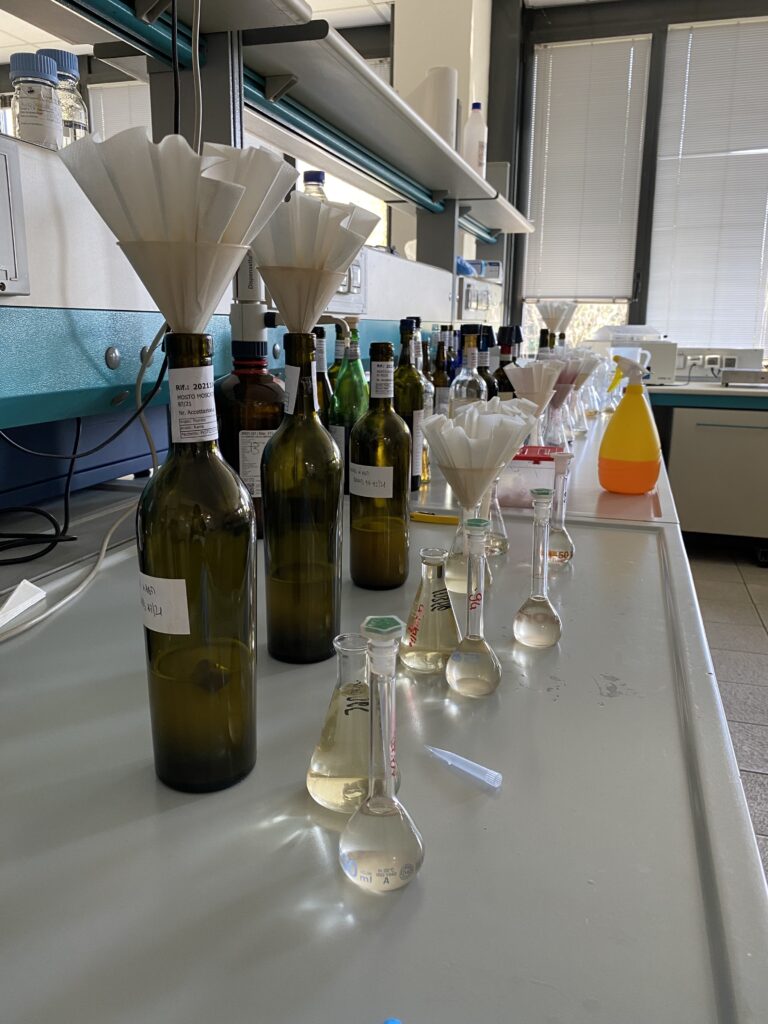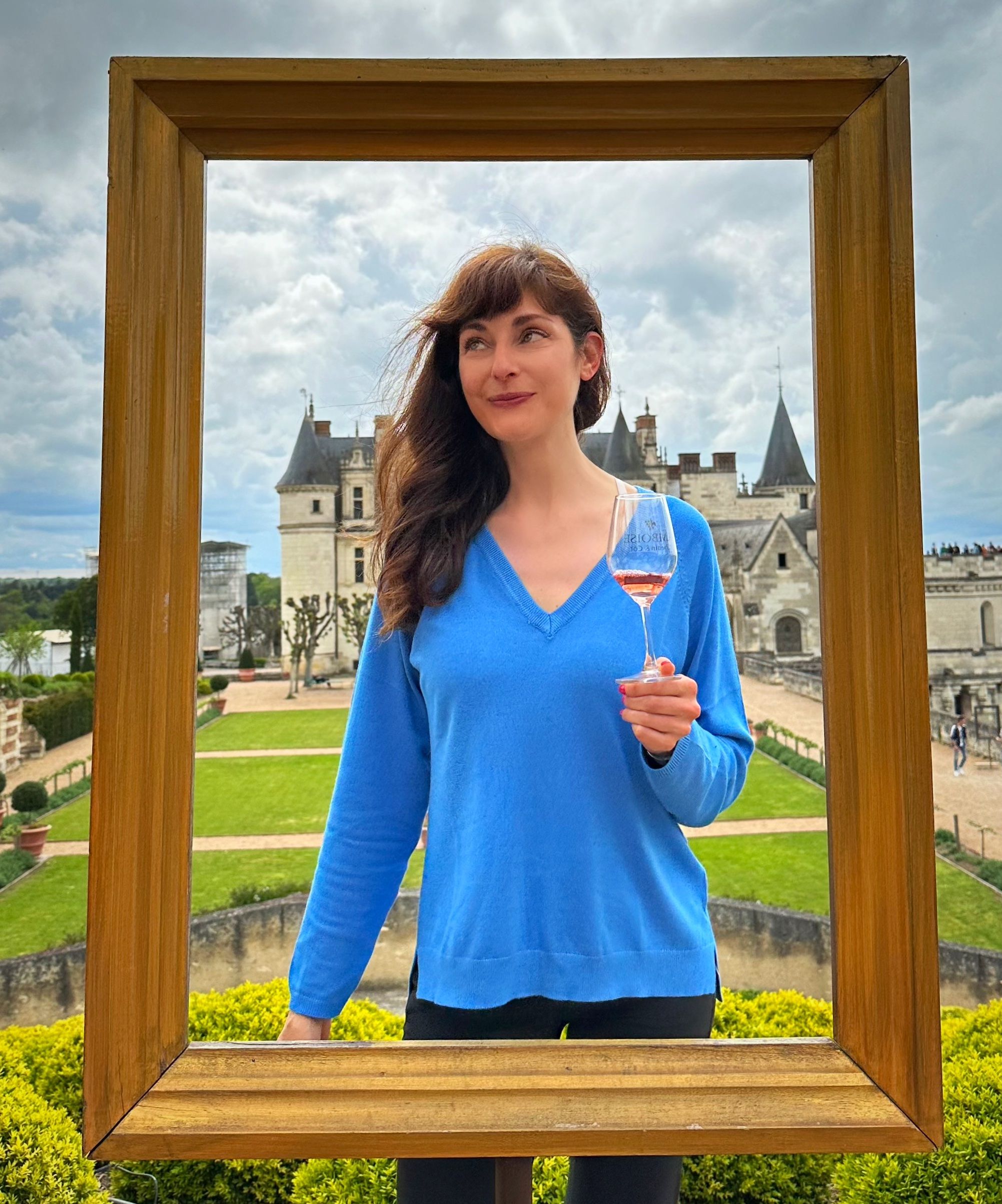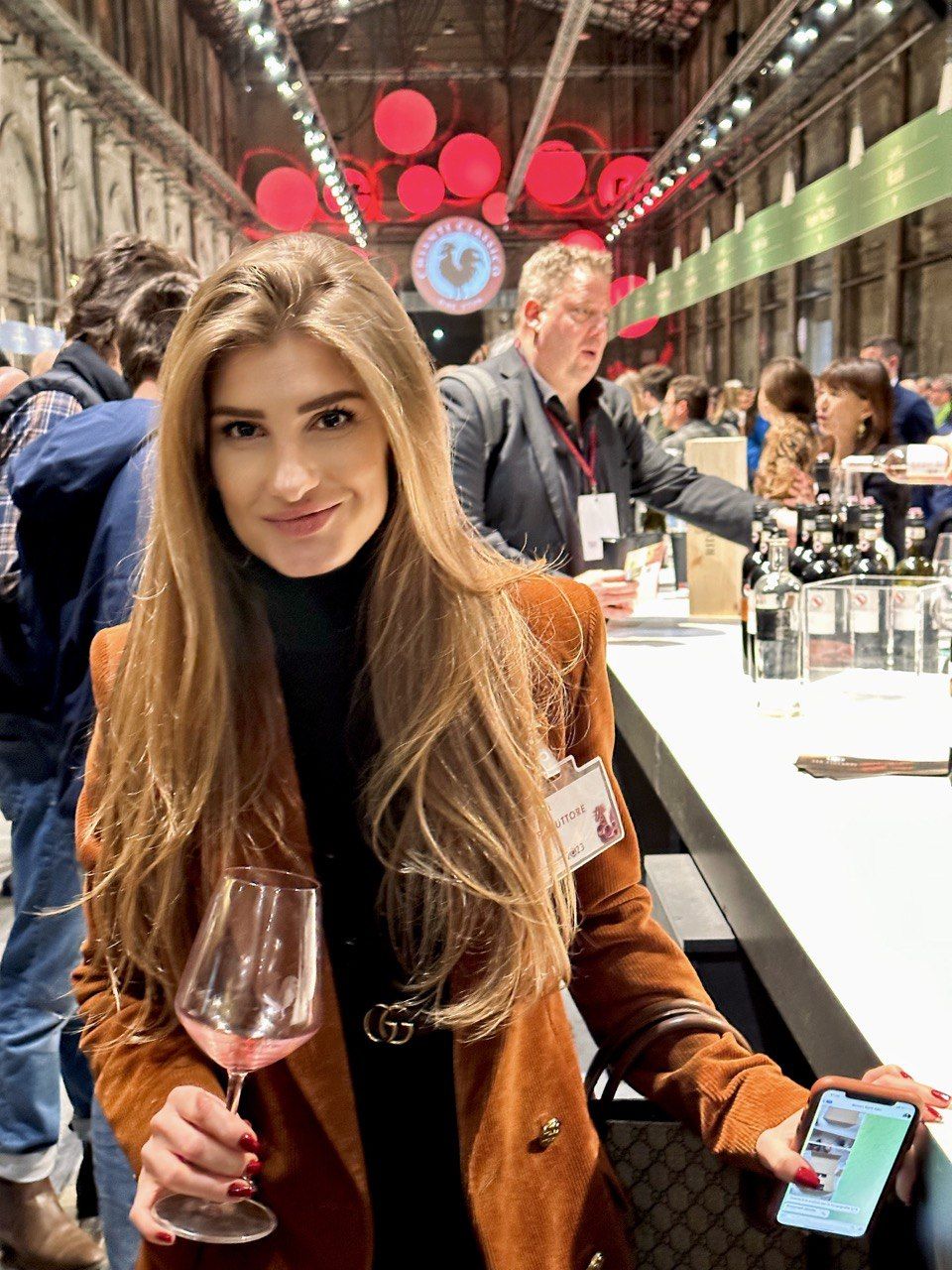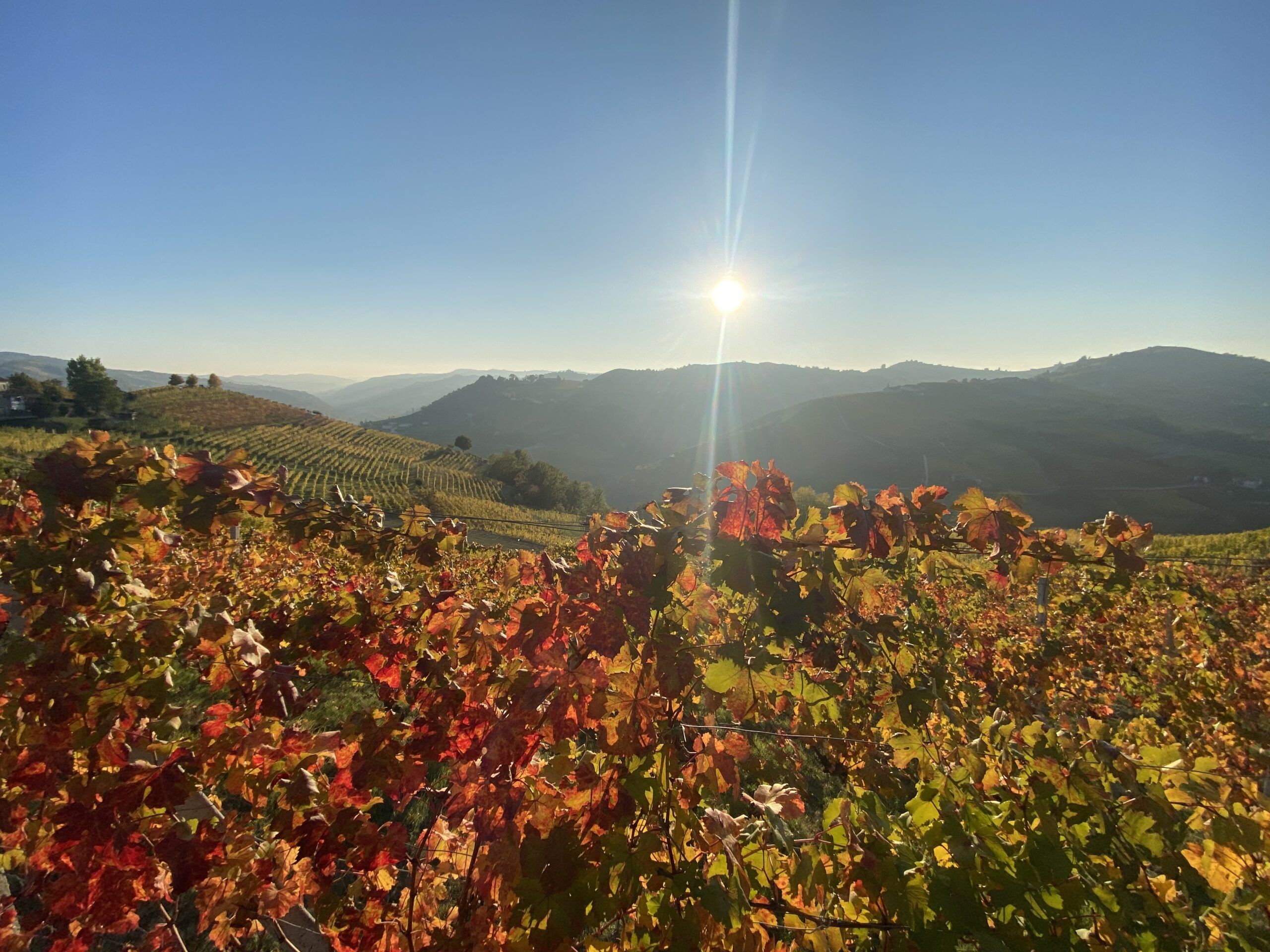
Moscato d’Asti Docg: prejudices at home, success in the U.S., the search for quality
Moscato is one of the most “bullied” grape varieties at home, in Italy, and one of the most exported in the world, especially in the States where the most appreciated version is the low-alcohol, sugary and effervescent one typical of the Asti area. It was there that I recently went to discover the history of this wine often associated with festive moments, but unjustly subject to the prejudice of being a wine suitable only for those who are not very wine-knowledgeable or experienced. The reality is quite different, especially thanks to the investments made by producers and the Consortium, which in recent years have focused on quality and on clarifying styles by distinguishing between the Moscato d’Asti Docg and Asti Docg appellations, sparkling, dry and sweet versions.
The production area is the same and it is wonderful. The area was delimited in 1932 and includes 51 communes which are located in the provinces of Alessandria, Asti and Cuneo. The total area of white Muscat vineyards is about 9700 hectares (about 9,000 acres) and there are more than 4000 companies involved in the production. The hills of Langhe and Monferrato, a Unesco World Heritage Site, have long ridges and gentle slopes, where vines thrive in orderly rows, mostly cultivated by hand as in the past. The colors change with the seasons, crowned by the Alps and beautiful historic villages. Visiting these places in autumn was an ecstasy for the soul because of the succession of colors with yellow, red and orange shades of the vines, alternating with the intense blue of the clear sky.
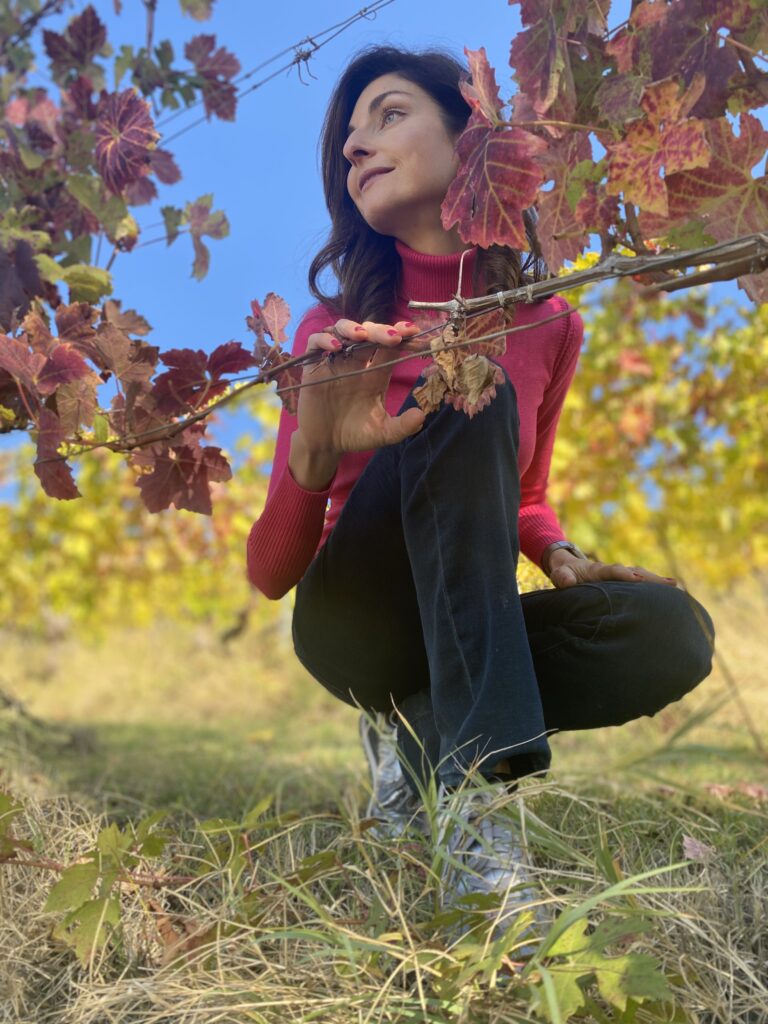
As I mentioned before, there are different types of Asti Docg: Asti Dolce Docg and Moscato d’Asti Docg are the most traditional versions which exalt the typical aromas of white Muscat. The former is a sparkling wine characterized by a fine and persistent perlage, an alcohol by volume between 7 and 9.5 percent, whereas the latter, still or sometimes lively, has a lower alcohol by volume, within the range of 4.5 – 6.5 percent, and often a higher residual sugar. Because of the different pressure inside the bottles, Asti Spumante can be identified from Moscato d’Asti also thanks to the way it is closed: the former has the classic mushroom-shaped cork, whereas the latter has a flat cork, called tappo raso.
Asti secco Docg is instead a new product which, although it is produced with the same grapes (Moscato bianco), is different from both Asti dolce and Moscato d’Asti. It is dry and sparkling made with the Martinotti method and, in recent years, the technique developed by the research laboratory of the Consortium has allowed, from an enological point of view, to eliminate the annoying bitter aftertaste, characteristic of Moscato grapes when fully fermented.
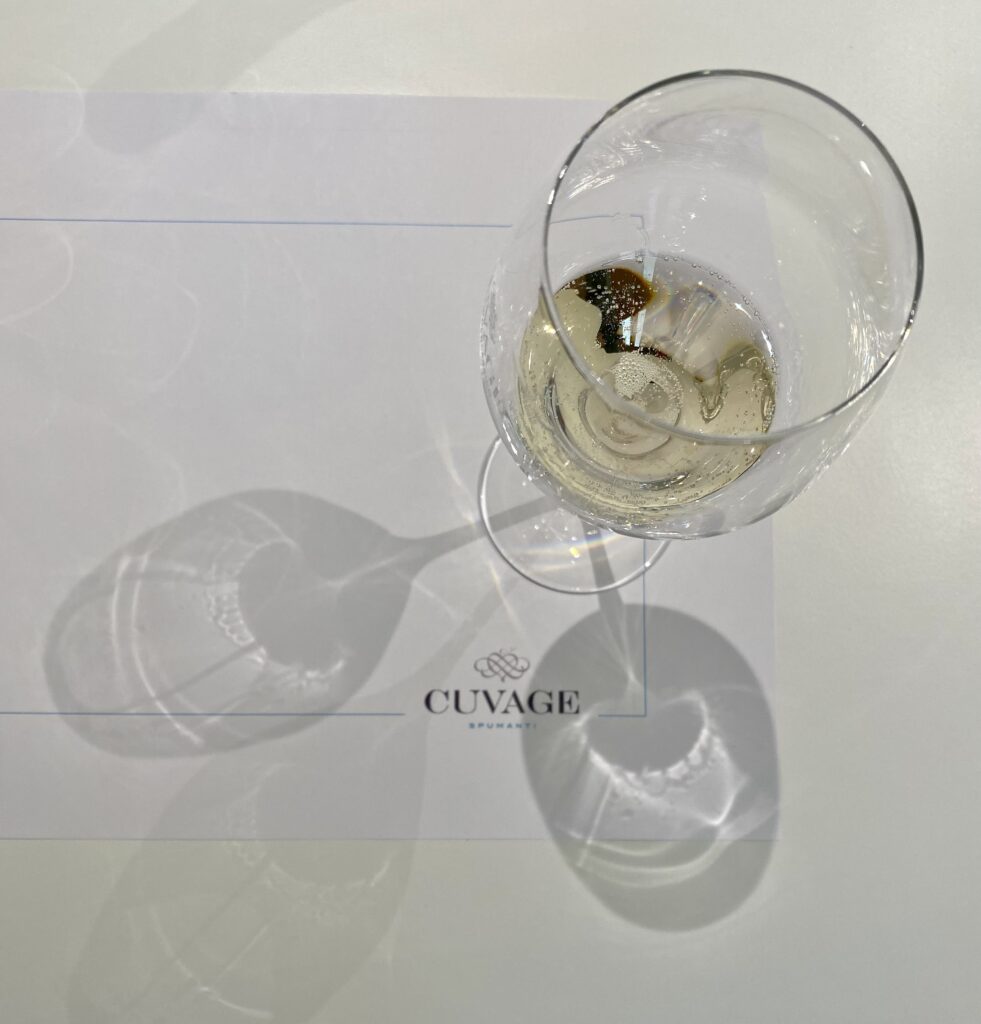
I had the pleasure of visiting the chemical and qualitative analysis laboratory of the Consortium, where I interviewed the responsible Guido Bezzo. During the visit I observed in action the sophisticated machines for the analysis of organoleptic parameters which can identify the smells of defects or particular aromatic substances: this allows winemakers to have precise indications on how to intervene for the highest quality in the cellar and to ensure the style of the product.
Another important area of analysis is the one of residuals of pesticides or environmental pollutants: “We can proudly say that more than 90% of the analyzed samples meets the parameters of organic farming, even in the absence of an official certifications” the manager told me.
As of today, the Consortium gathers more than 216 realities, including wineries, sparkling wine producers, cooperative wineries and winemakers and 1,800 wine producers who contribute to a 100 million bottles sector. I visited some of these wineries during my trip.
Below is a brief report with links where you can discover their wines and the fascinating stories of the producers.
In Canelli, from 2022 new DOCG
Canelli is the heart of Moscato d’Asti, a terroir where this aromatic grape variety gives its best, a town that is so closely tied to Moscato that it gave its name to the most widespread clone in the world, Canelli.To honor this legacy in 2019, the Consortium of Asti Docg kicked off the national and supranational bureaucratic process for the recognition of the new denomination with its own production rules. In 2021, the European Union approved the birth of Canelli Docg, which from next year will therefore become an independent area that currently has about twenty producers.
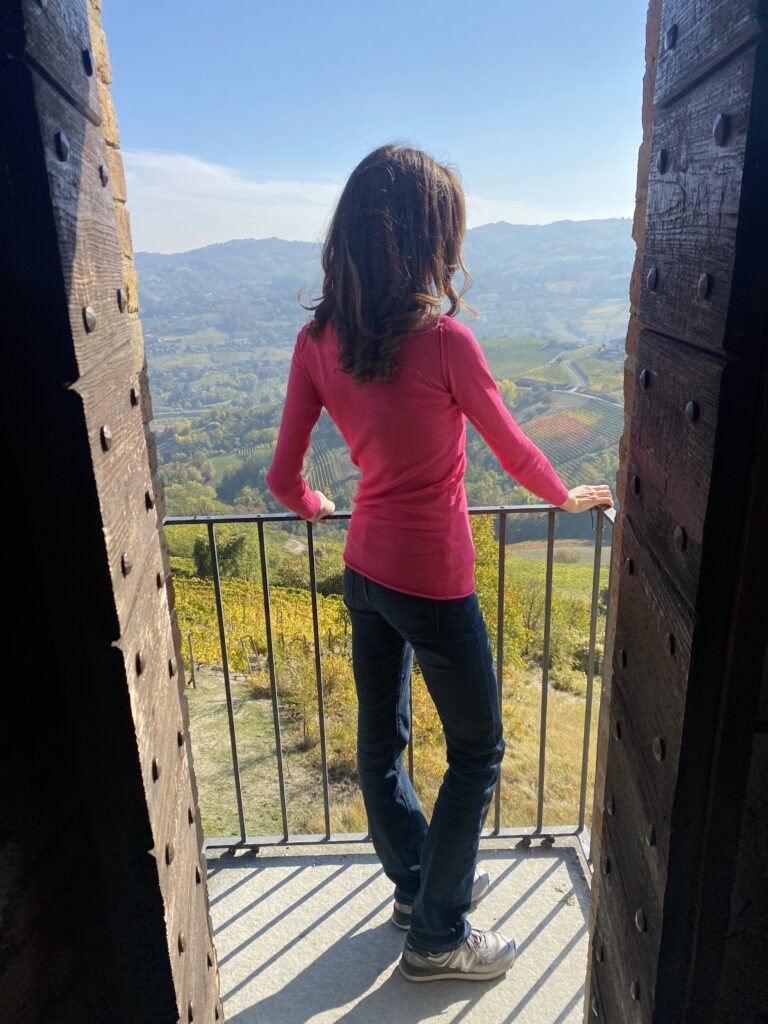
Bosca Winery
Founded in Canelli in 1831 by Pietro Bosca, the historical sparkling wine producer is a family business now in its sixth generation with Pia, Gigi and Polina Bosca. The Bosca cellars are really worth a visit, they are located in the center of the town, and are part of the Underground Cathedrals of Canelli declared by UNESCO, in 2014, a World Heritage Site. The company is known in Italy and around the world, thanks to its presence in 40 countries and its attitude to innovation and constant research for new products. On the occasion of its 190th anniversary Bosca has concluded the first stage of a wide process of strategic corporate restructuring including the restyling of the logo and a new line for the restaurant industry of which you can read more information here: www.bosca.it
Ghione Winery
The history of the company began in the second half of 1800, founded by Ignazio Ghione, and later expanded by his son Luigi and grandson Carlo. Today it is run by Anna, the fourth generation.
The winery is located in the center of one of the most renowned areas for the production of Moscato d’Asti, just above Canelli, where the rows of Regione Bassano join the renowned ones of Sant’Antonio. Vineyards extend on the spectacular hills dominated by the ancient Contini’s watchtower, which offers a breathtaking view, at an average altitude of 350 meters above sea level. More information here: http://www.ghionewine.com
Cuvage in Acqui Terme
Cuvée and Perlage, two key words in the world of high profile bubbles. From their union was born Cuvage, the term chosen by Martini and Ricagno families to baptize their wine project in Acqui Terme, in the Alessandrino area. The winery was established in 2011, a visit offers an opportunity to appreciate the sparkling wine making technique in all its facets: from the classic method to Martinotti up to the traditional refermentation of sweet Muscat. An avant-garde structure that focuses on quality, differentiating the lines intended for everyday consumption from those of excellence. More info here: https://www.cuvage.com/en/
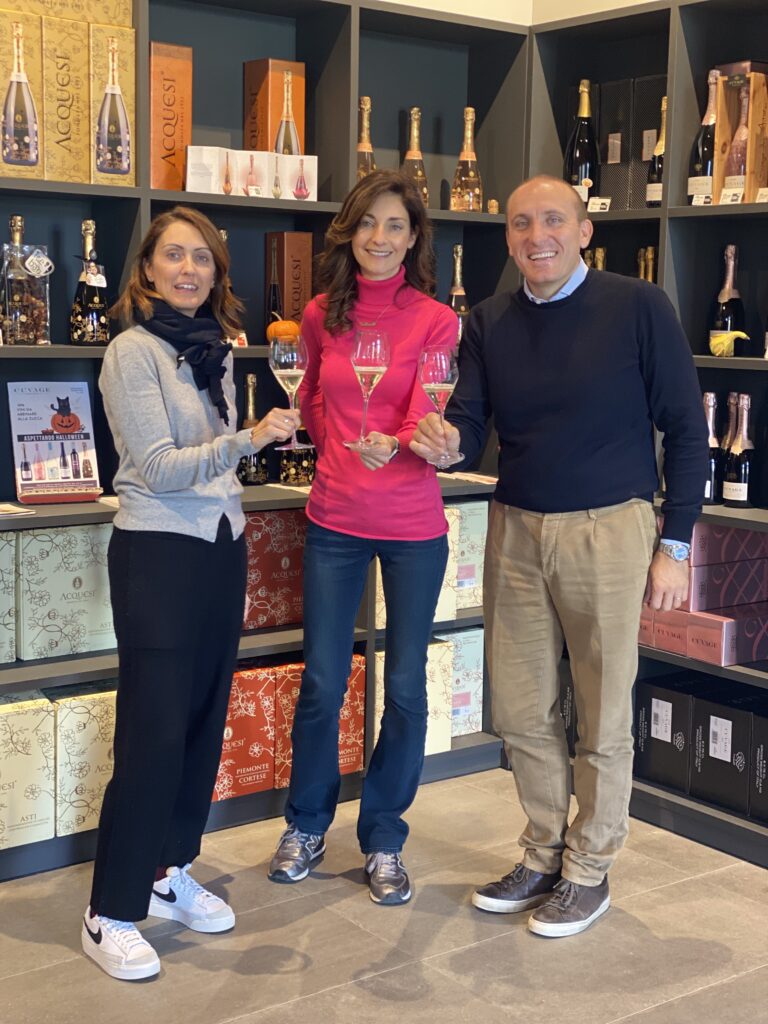
Stefano Ricagno e Annalisa Vittore 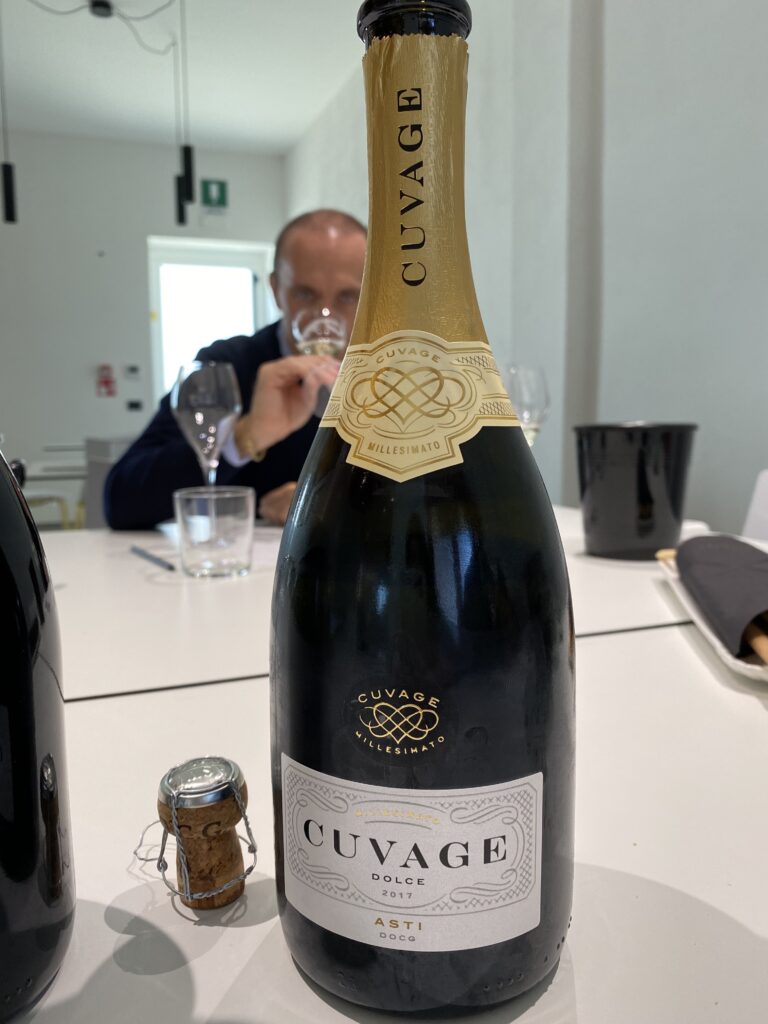
Fratelli Grimaldi – Ca’ du Sindic in Santo Stefano Belbo
A production tradition that sees the whole Grimaldi family involved in the management of 20 hectares of vineyards entirely owned, located on four hills among the most suitable of the territory: Moncucco, San Grato, San Maurizio and Bauda.
Since more than 30 years they mainly produce Moscato d’Asti Docg in three different types and divided by cru, from the best vineyards. Today Ilaria and Paolo, the fourth generation, run the business always focusing on autochthonous vines.
More information here fratelligrimaldi.it
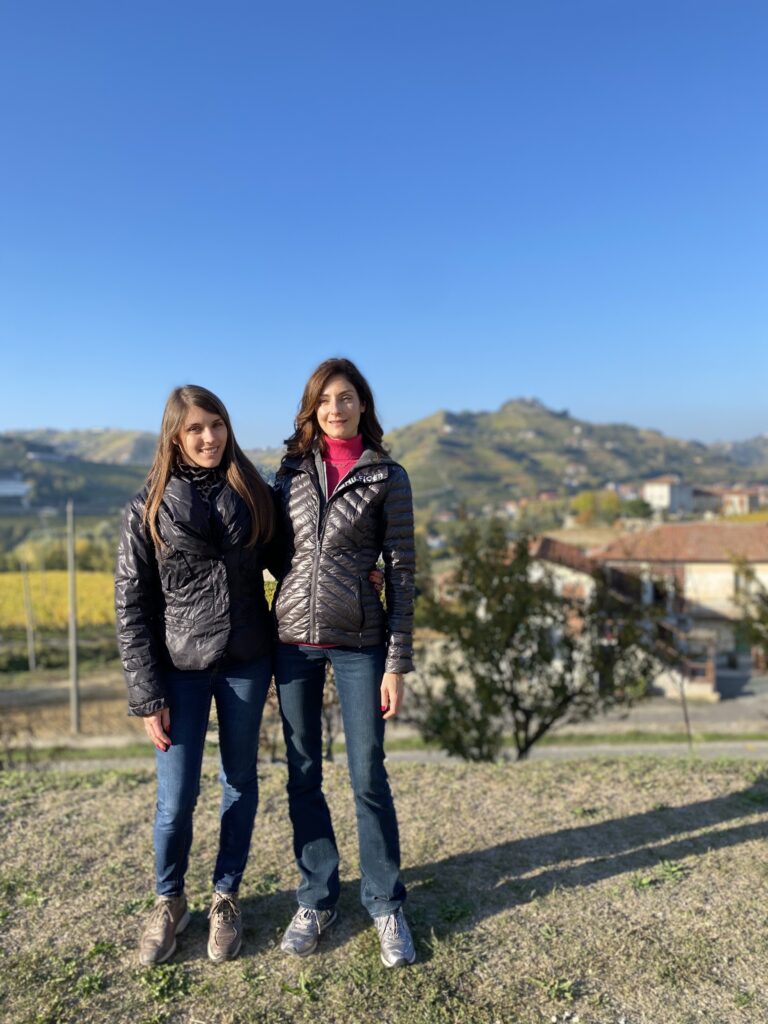
Cascina Castlet in Costigliole d’Asti
Cascina Castlet is located in Costigliole d’Asti, 31 hectares planted with Barbera, Moscato, Uvalino (ancient indigenous grape variety), Cabernet and Chardonnay, an investment that the Borio family has transformed into great wines. In charge since 1970 there is Mariuccia, who inherited the winery from her father, an absolute protagonist among the wine women of Piedmont. Fascinating and unique is the story of recovery of Uvalino grape variety on which Mariuccia Borio invested for years leading to its registration in the national register.
More info here https://www.cascinacastlet.com/
